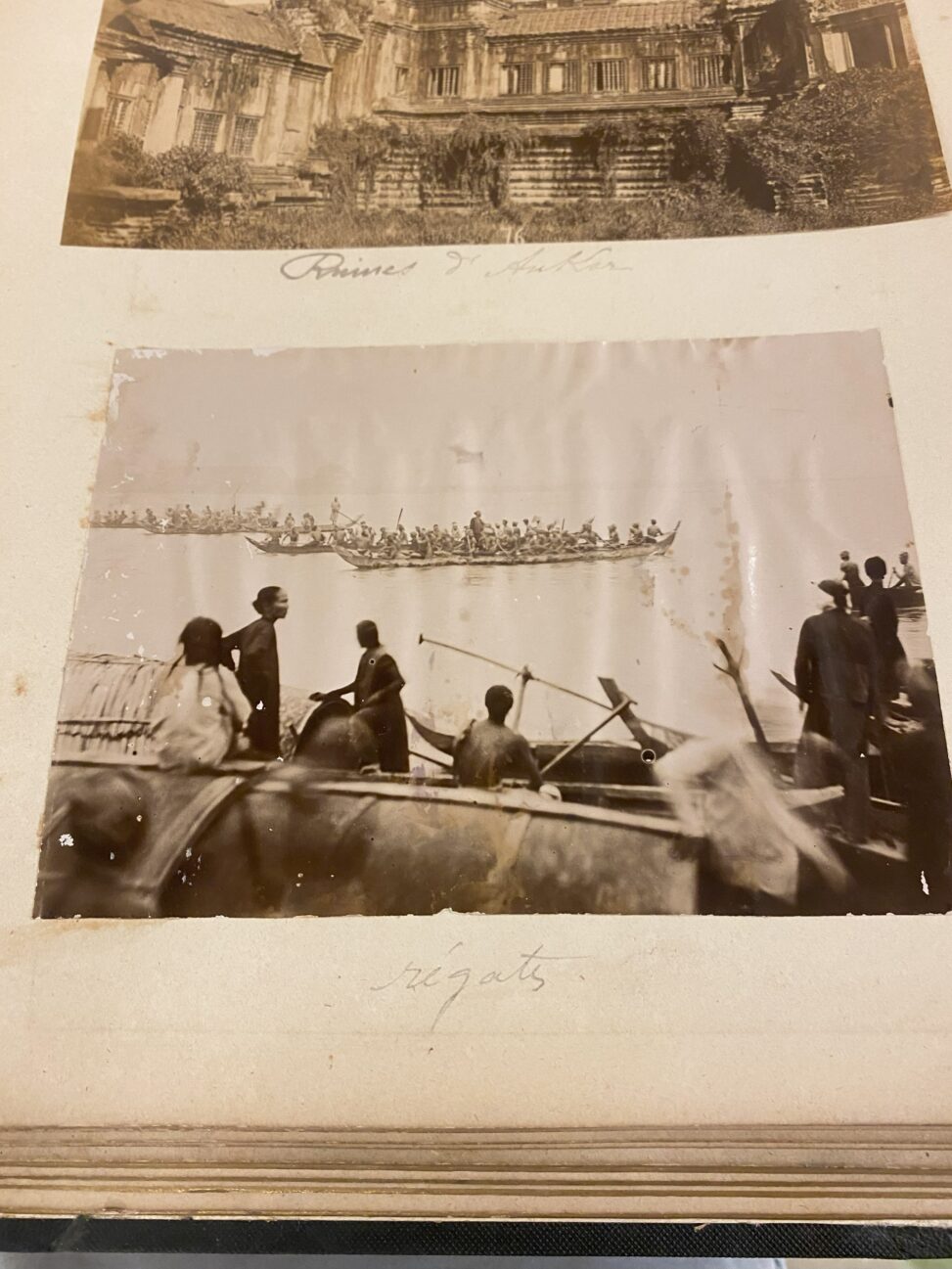Daniel Lastine
4/19/2023
Professor Collins
ASIA 1000
Photo Title: Rigouts
The photo portrays the hard life of the people who live on the shores of the river. Most of their day is taking time at this point to still gather the day’s catch and food. The people in the canoes are going to put out the fishing nets for the day. This involves fishing with large nets that are laid out in circular patterns and then closed in an attempt to trap anything that is caught in the circle as it begins to close. The next can be left for an extended time period as they are slowly closed, trapping everything inside them. This method is often so effective that it can decimate fish stocks and completely wipe out the larger fish that are critical to the gene pool in order to continue strong genetic trends in the population. When a large fish is removed from the system without spawning, the genes it possesses are removed from the system. That period of evolution is then gone and can take years to get back. Yet, overfishing is still a problem today. “In Southeast Asia, the region’s seas not only serve as a major source of food and livelihood for hundreds of millions of people, but they also generate several billion dollars in GDP for the region.” (Asia Foundation 2018) Since the fish stocks are so far depleted in the areas, there is little chance of recovery unless some alternative to fish is found for those who rely on these sources of protein.
Due to the sheer volume of people in each of the canoes, it can be inferred that this is a critical part of the day. There is also a woman who is on the bank waiting for the people in canoes to return with the day’s catch. Gender roles were most likely fairly set during the time period of the photo meaning men went out fishing for the day and upon returning, the women would take over cleaning or cooking the day’s haul.
Let’s turn our focus to the style of the boats used. Canoes in coastal areas are generally fitted with outriggers to increase their stability and performance on the open ocean. However, it does not appear that the canoes in the photo have outriggers unless they are hidden on the opposite side of the picture. The water is high and flowing strongly in this photo, and while it is unclear if we are viewing an ocean or a river, let’s assume that it’s a river. As shown in our video for class on China’s Mega Dams, China has thus far built eleven dams that have uprooted people from their lives, damaged fish spawns by preventing migration, and are the cause of historic flooding and droughts. The actions of the Chinese Regime thus far show no consideration for those affected downstream nor the environmental impact of the dams (China’s Mega Dams). This picture, if taken in the exact same place today is most likely very different from what we see here. The problem will the hydro dams is that they are part of China’s green energy movement which is critical since in the past China has been one of the largest emitters of greenhouse gases. While the change to all green energy is a critical part of humanity’s survival, it is not an excuse to take water away from civilizations that have never had this issue in the past. If these dams in China are built large enough, they would be able to completely control the flow of water.
Another sad fact is that people in many of these countries lack freedom and have been behind China for a long time. In Myanmar, “vibrant creation has faced violent oppression, with targeted detentions and extrajudicial killings, alongside the military’s broader arbitrary crackdowns” (Stolen Freedoms). Unfortunately, this could directly correlate with the growth of the economy and moving past this concept of trying to keep the military in charge and focusing on growing the entire economic pie as a whole. While Thailand has proved that is it capable of doing this, many of the surrounding countries do not have the quality of life nor an economy that is powerful enough to create new jobs other than people just fishing on the river for a living. It is already clear that people who live in these areas are able to overfish the areas without a problem. So maybe focusing on creating new jobs could be the best option to allow the ecosystem to recover and also open new opportunities in the economy. There is no easy answer to this question of how to handle the rivers and looking at the past people have come a long way. The scene projected in the photo in modern times would be a party, not people heading out to catch food. But that is a way of life that I am sure others will still choose.
This photo was taken by a French colonial resident whose name has been lost in history. The images are taken during the 1890s and are gelatin silver photographs which at the time were cutting-edge technology. The photos are taken in the country of Vietnam which has multiple large rivers including the Mekong River. However, considering that most of the major rivers in the country of Vietnam such as the Red River and Saigon River fit the proportions of the photo, it is nearly impossible to pinpoint where exactly the photo was truly taken from.
Wpadmin. (2018, March 29). Southeast Asia’s fisheries near collapse from overfishing. The Asia Foundation. Retrieved April 26, 2023, from https://asiafoundation.org/2018/03/28/southeast-asias-fisheries-near-collapse-overfishing/
YouTube. (2021, December 1). China’s mega dams: The threat to Asia’s river communities | insight | full episode. YouTube. Retrieved April 26, 2023, from https://www.youtube.com/watch?v=wC0w1y0fzVg
Stolen freedoms: Creative expression, historic resistance, and the Myanmar Coup. PEN America. (2022, April 18). Retrieved April 26, 2023, from https://pen.org/report/stolen-freedoms-creative-expression-historic-resistance-and-the-myanmar-coup/
